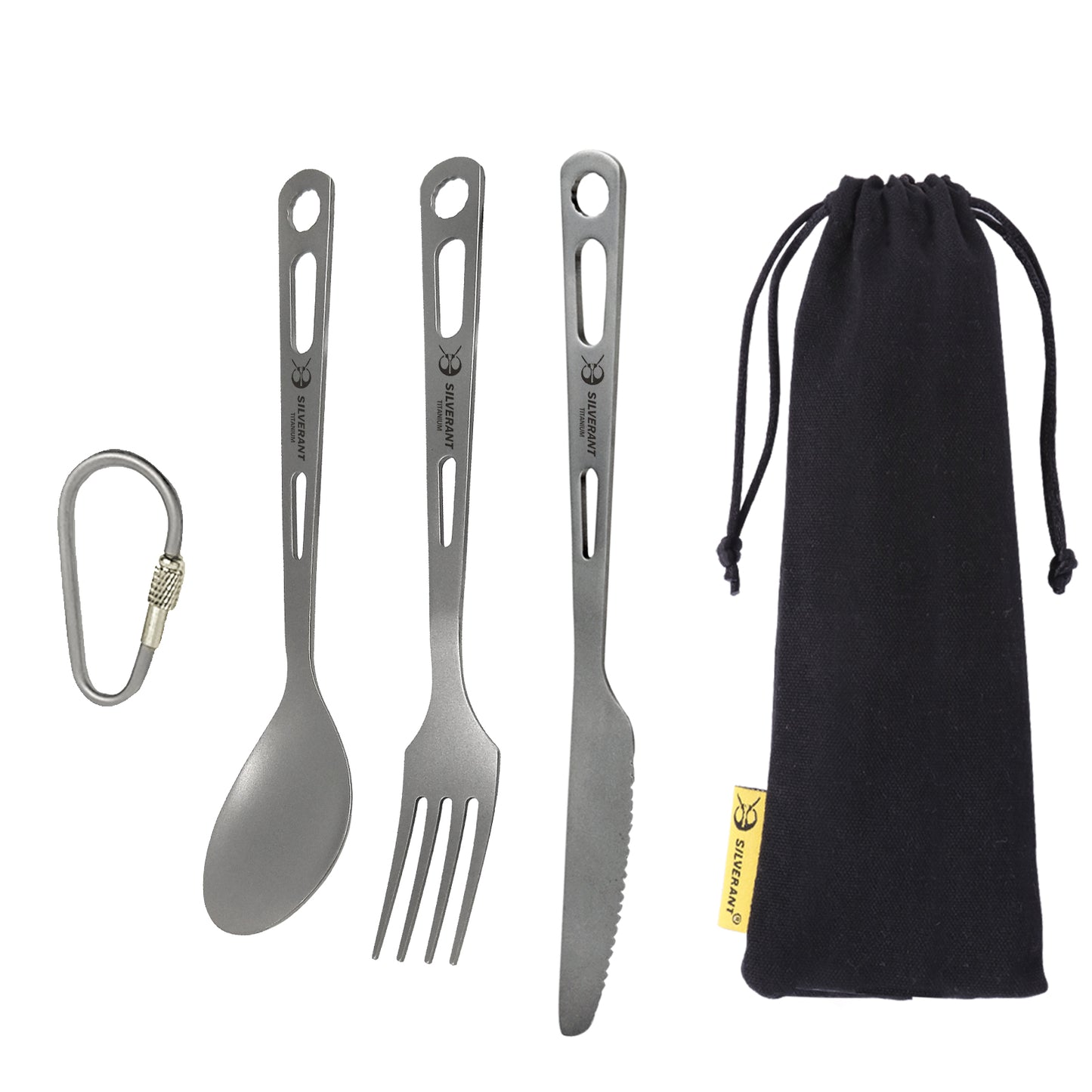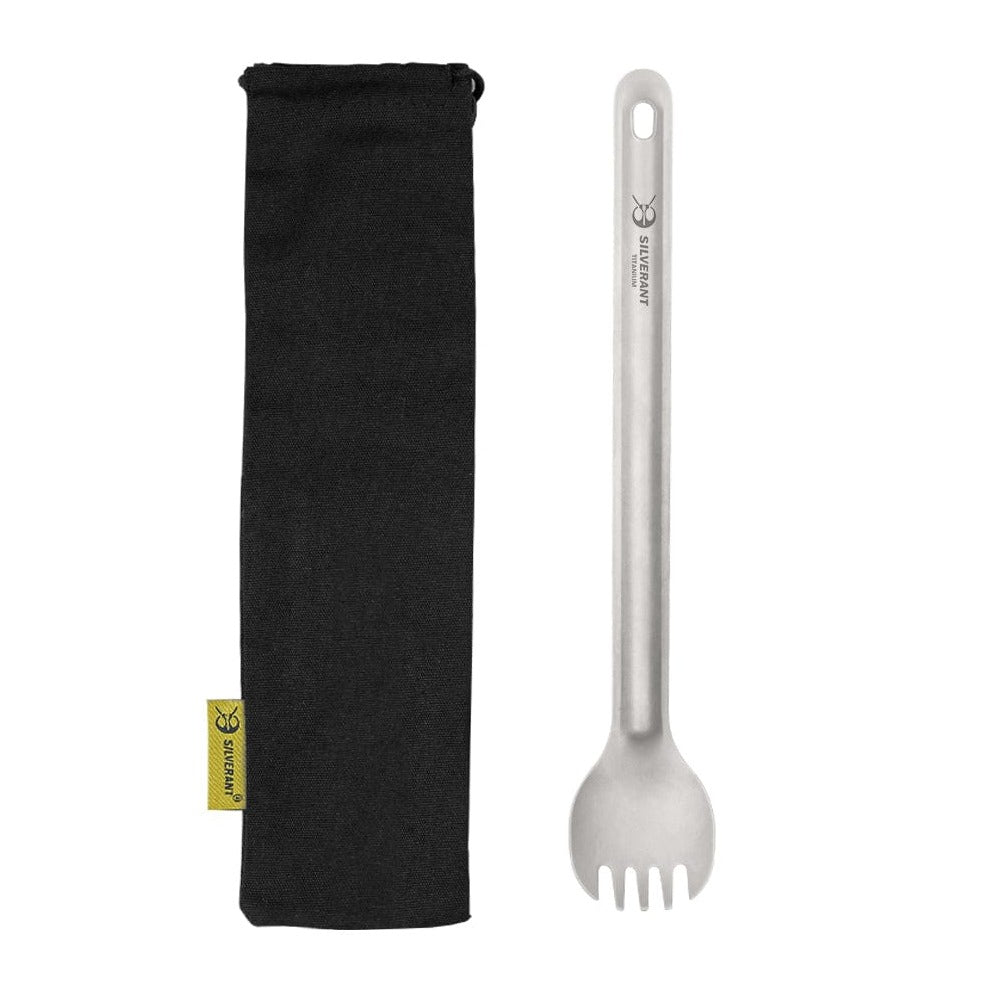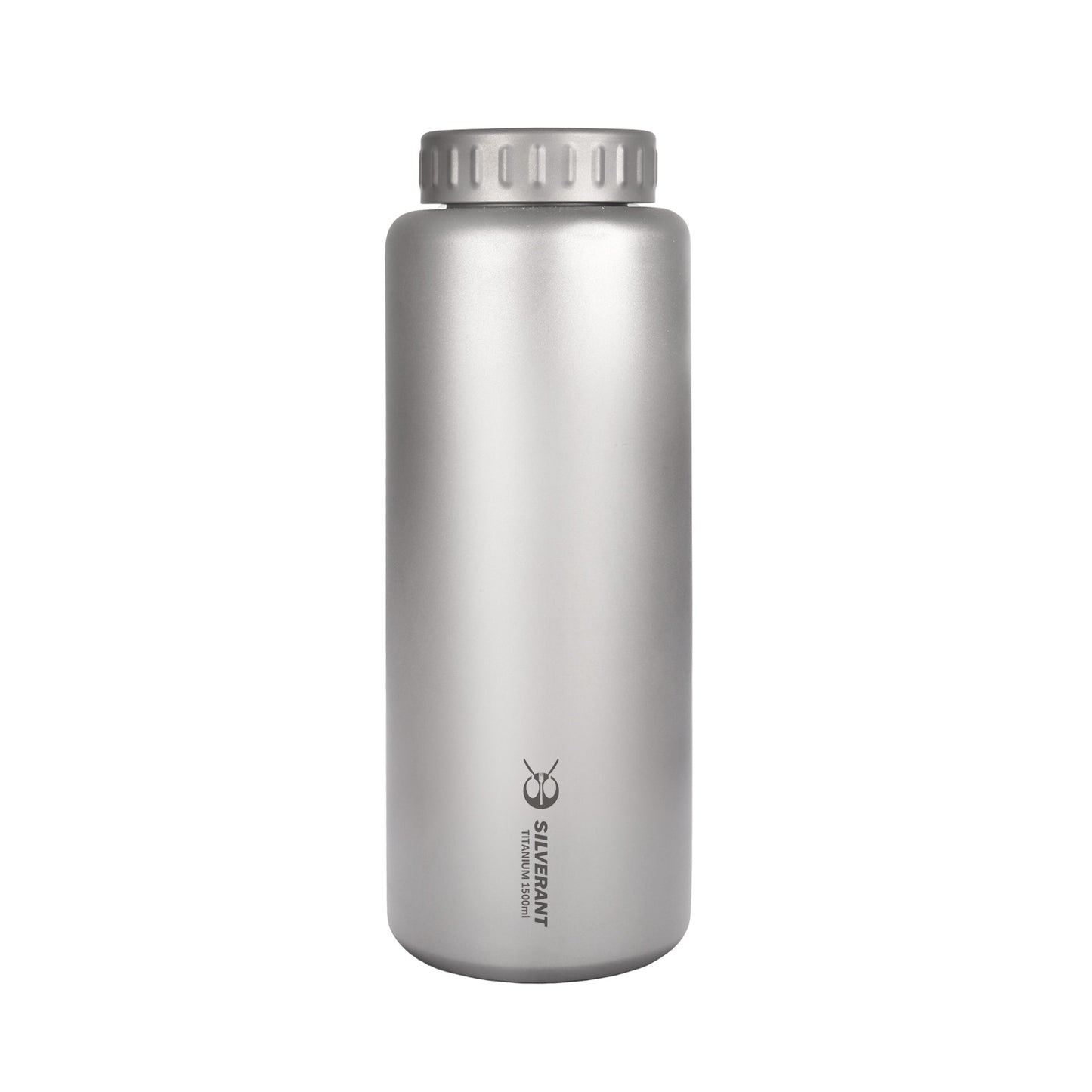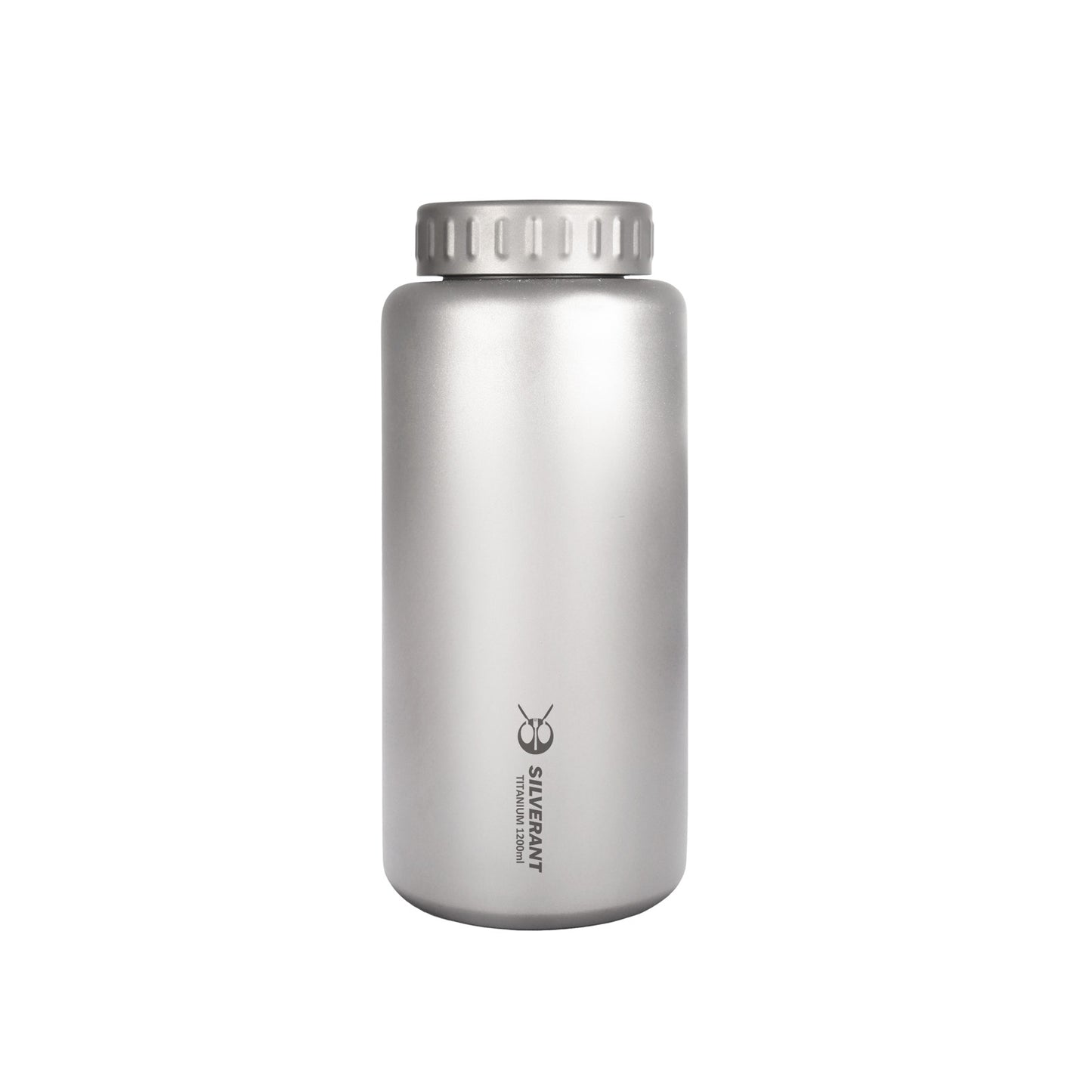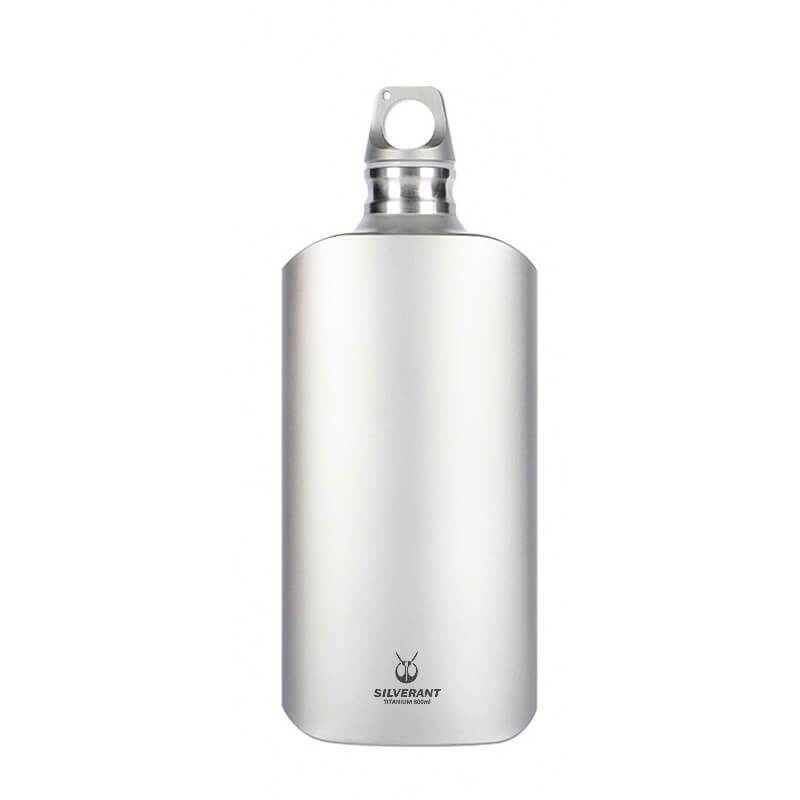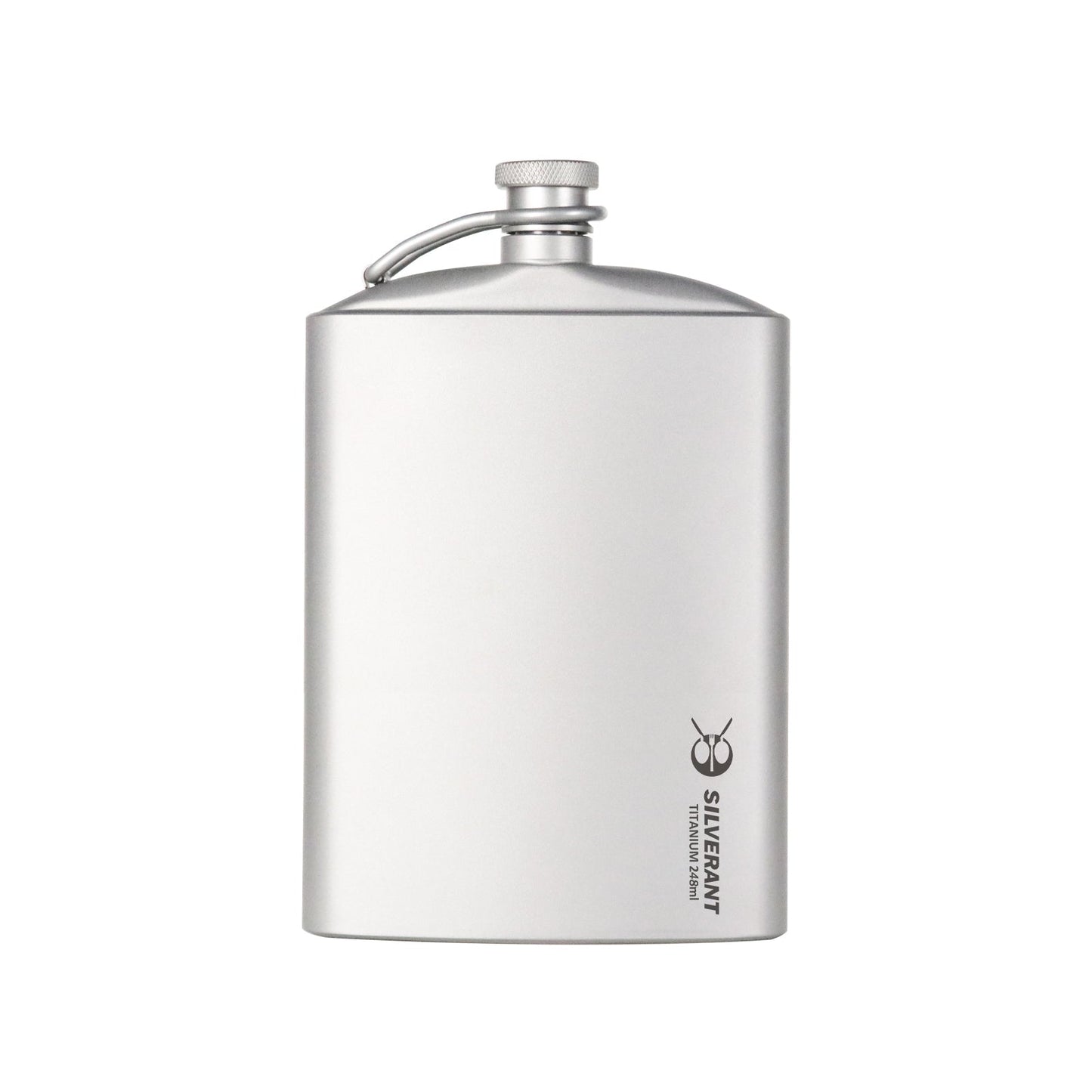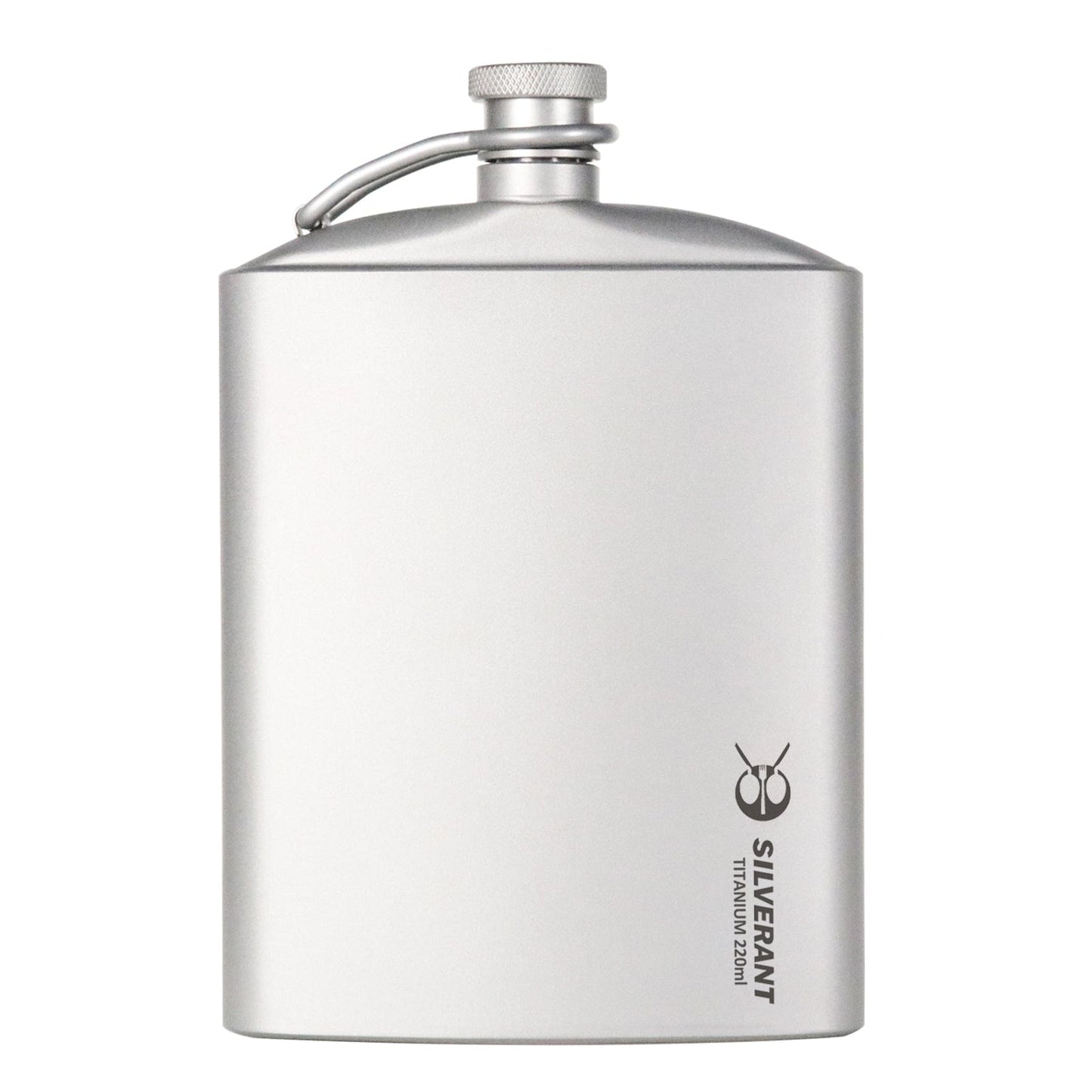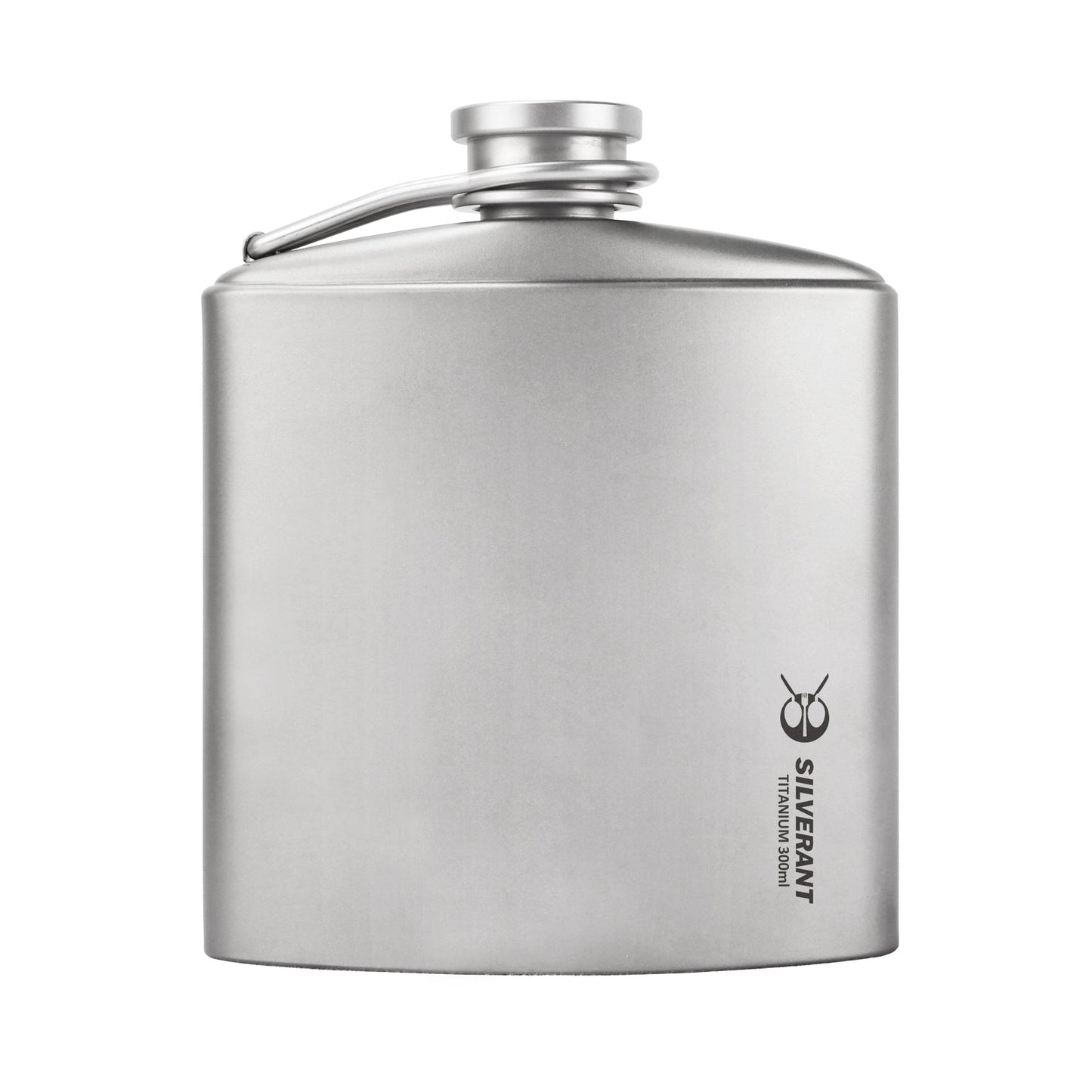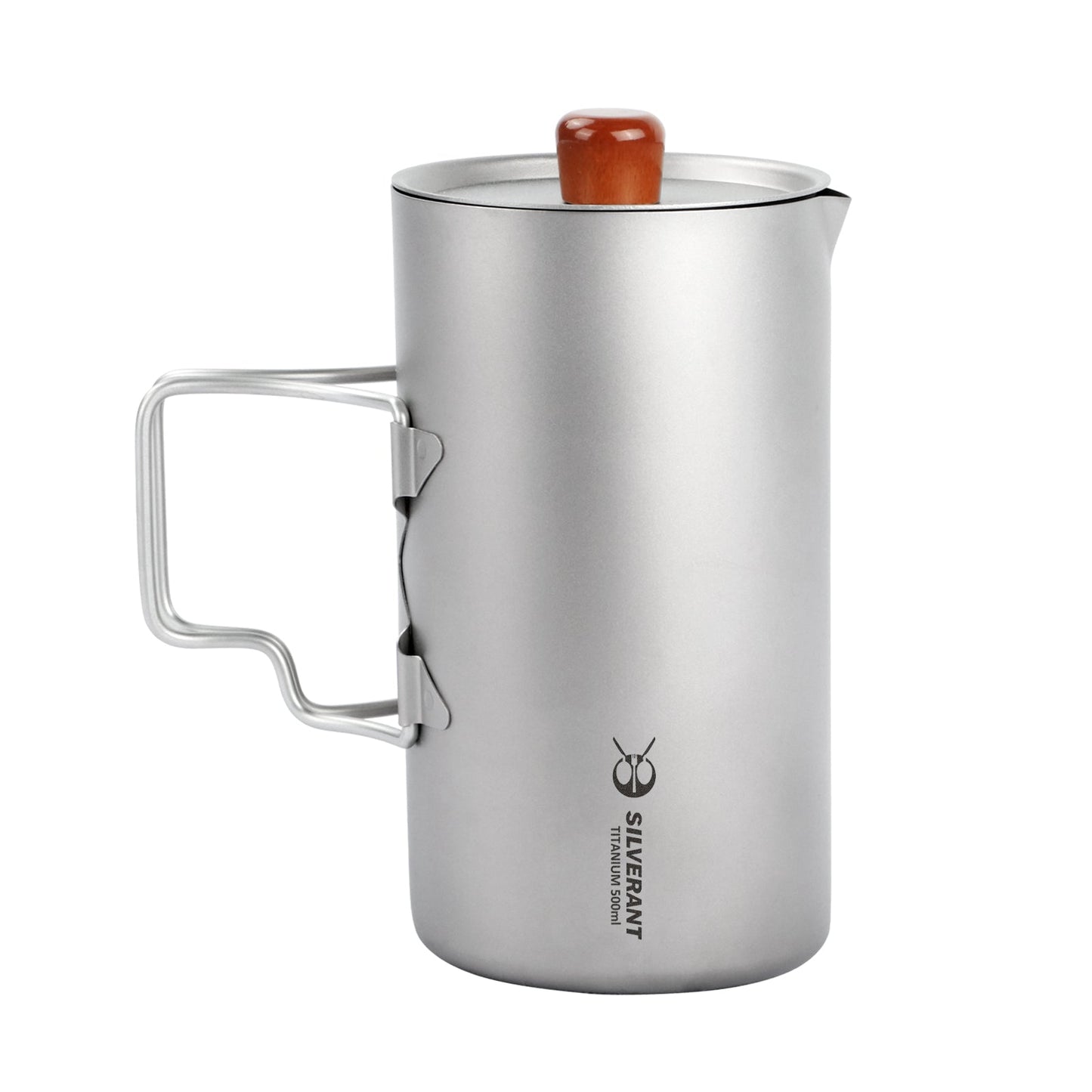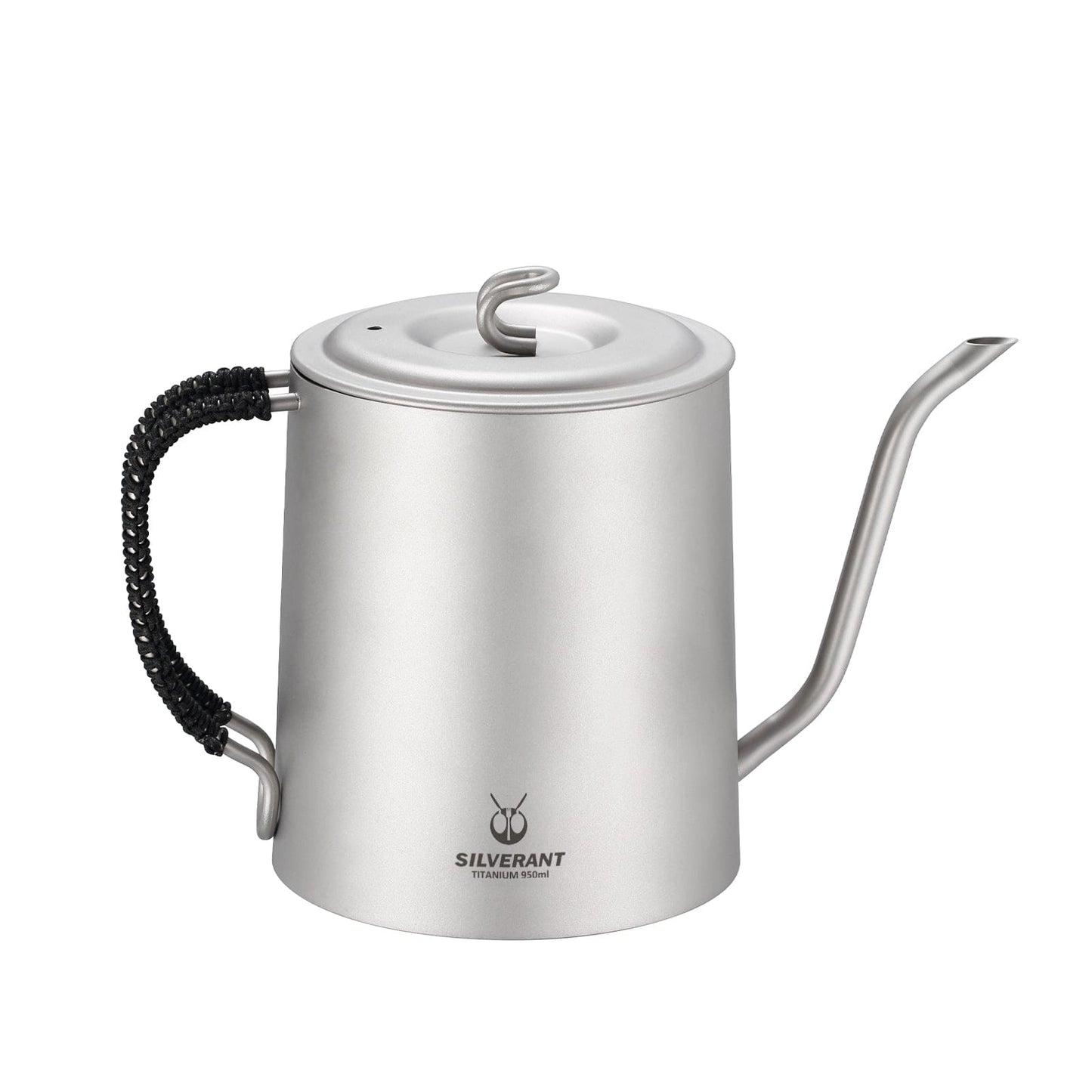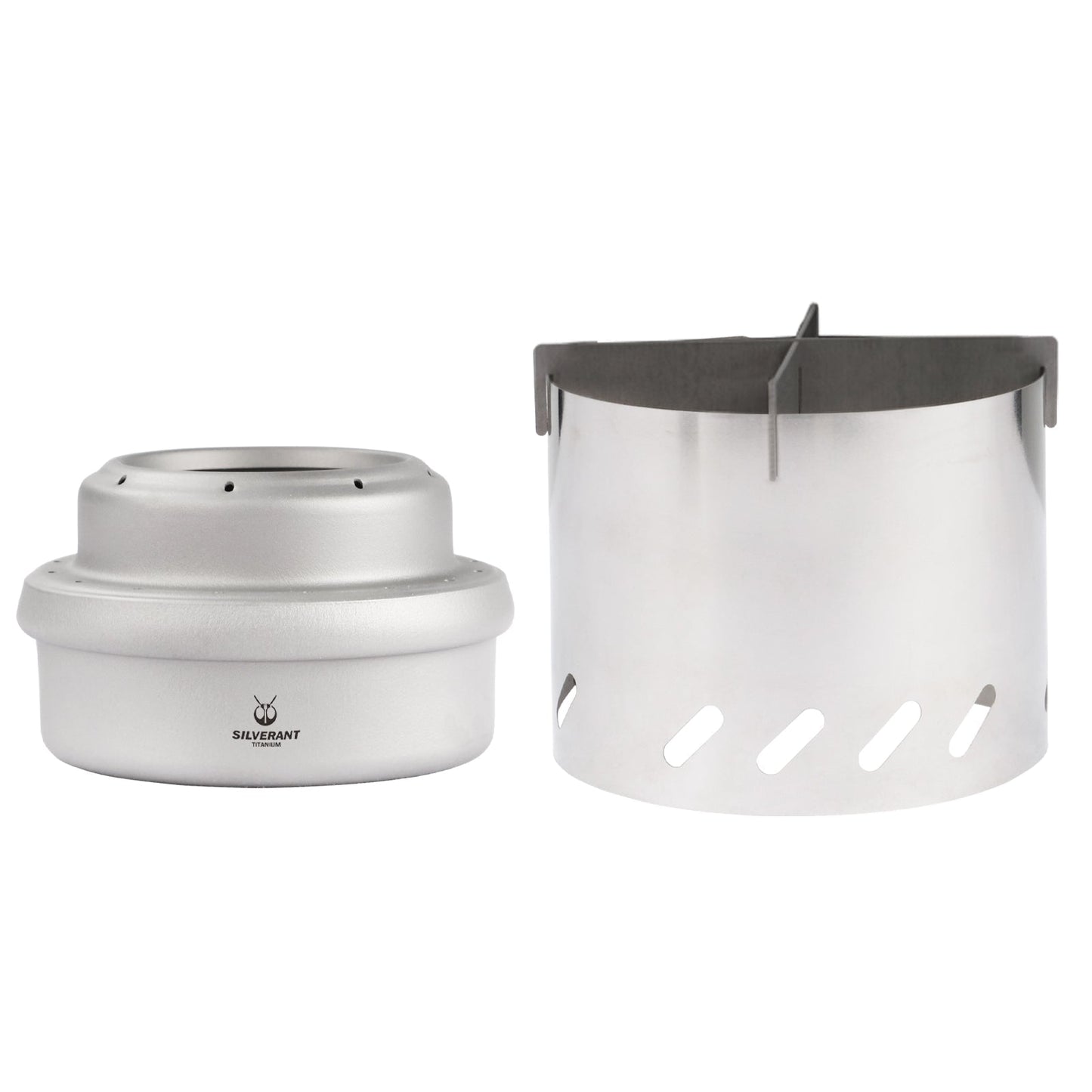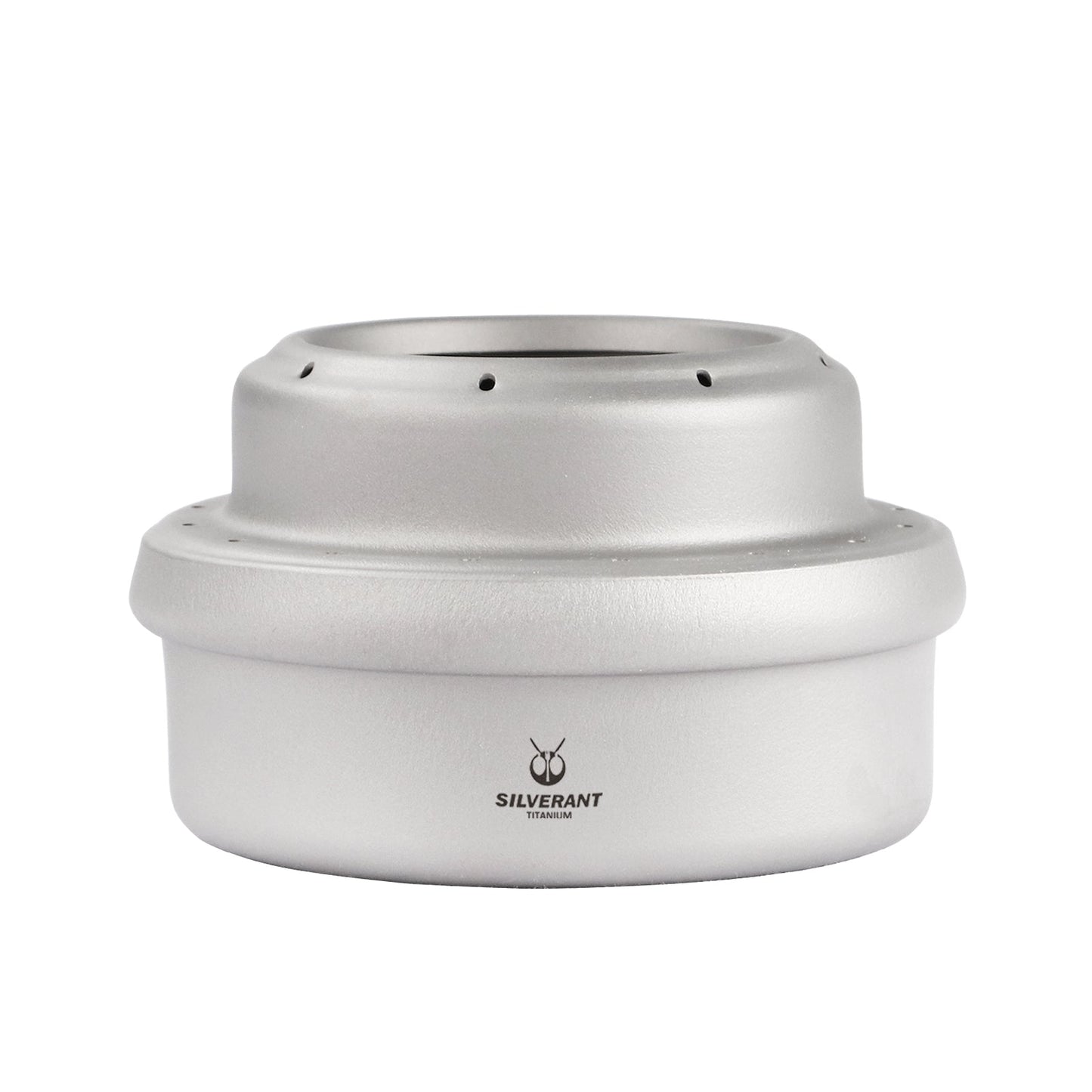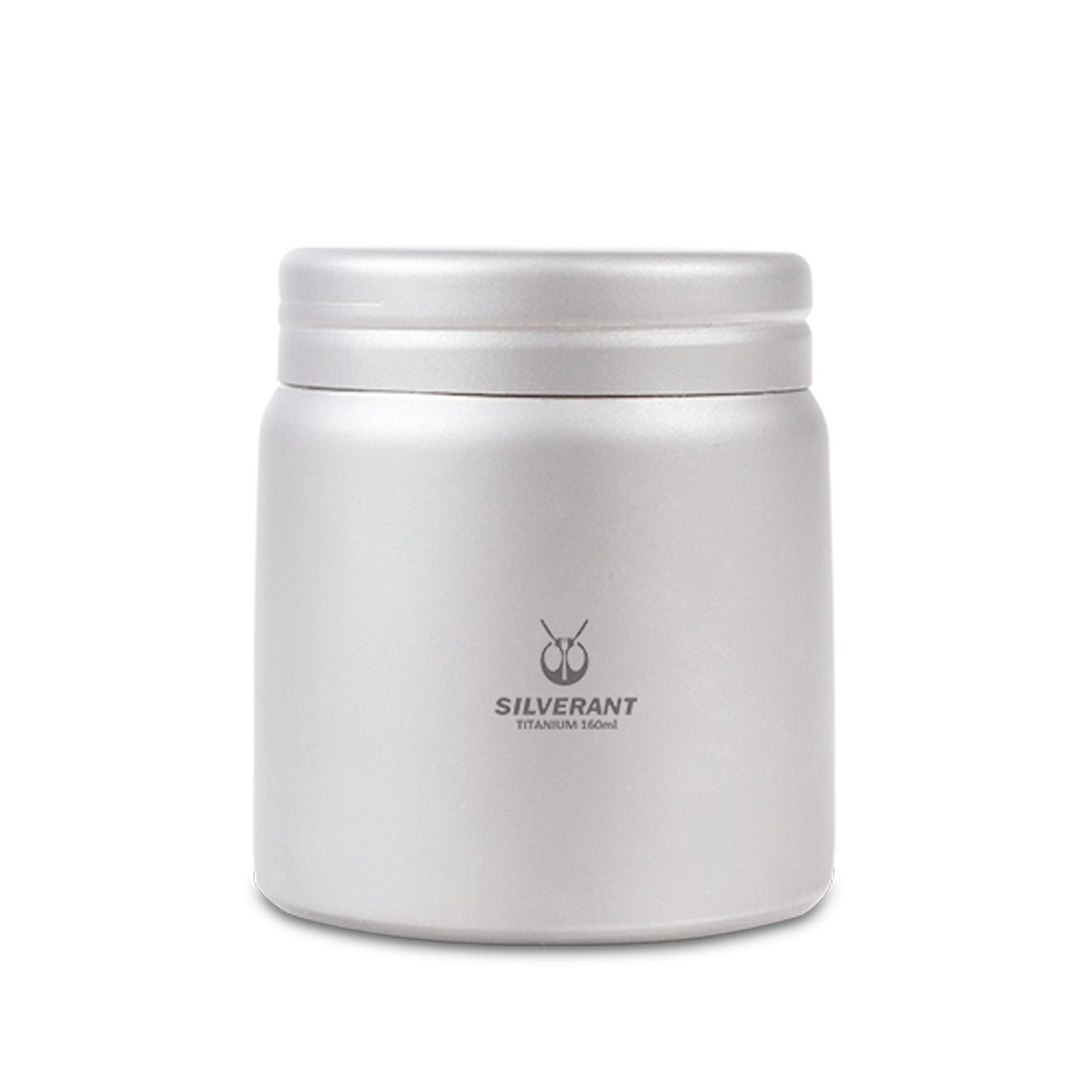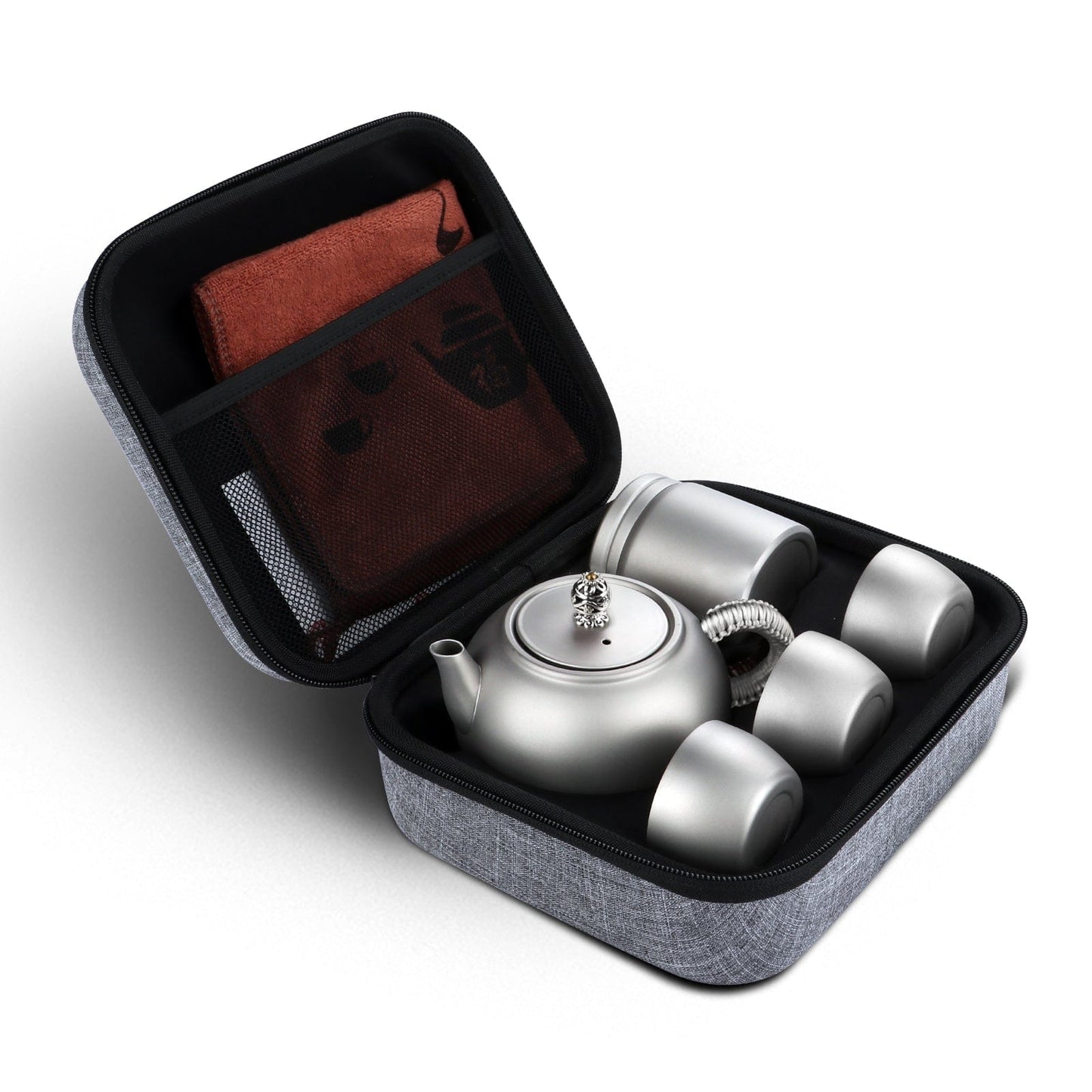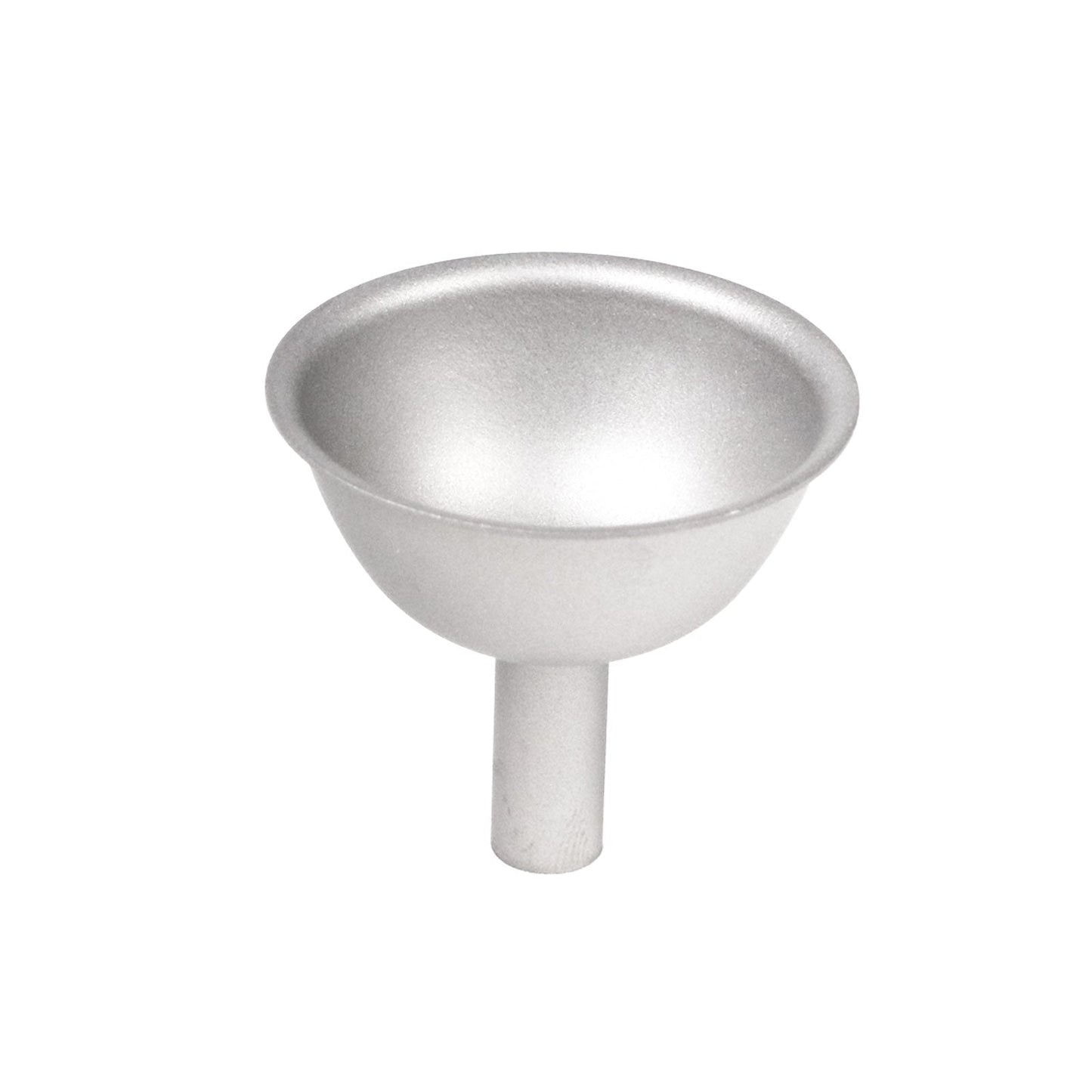
If you've been keeping up with our blogs, you might have noticed that in 2024, I've been dishing out more training tips.
Because, you know, getting your body in gear is just as crucial as preparing your gear.
In recent blogs, we have touched on cardio, strength, and flexibility training in a nutshell.
However, after receiving many messages from our readers, it's clear they want more details on how to build their cardio endurance to keep going on the trail.
So, in this blog, we're going to dig into the world of cardio endurance. I'll spill the beans on 8 techniques – for training and when you're out on the trail – to give your cardio system a real boost.
Afterwards, you'll have a better understanding of your body, making it easier to enjoy the outdoors safely and with pleasure.
Understanding Cardio Endurance
Before we dive into the techniques, let's grasp how our cardio system operates.
In any activity, energy is a must, and oxygen plays a key role in making that energy happen.
So, if you aim to keep pushing through mile after mile on your trail, besides having water and food, you need a constant supply of oxygen to generate energy in your muscles.
To maintain this steady oxygen flow, your lungs breathe in fresh air, while your heart beats to pump blood to carry oxygen from the lungs to your muscles.
That's why your heart races during intense activities – it's working hard to deliver more oxygen and nutrients.
This is the inner workings of your body, and the capability of this process is what we call cardio endurance.
For backpackers, solid cardio endurance means having the energy to handle different terrains, changes in elevation, and long hours on the trail without getting overly tired.
The good news? It's not a fixed trait from birth; you can enhance it through exercise.
Now, let's move on to our training techniques and discover how to level up this ability.

Training Techniques
Now that we've talked about our cardio system, let's break it down. The two key players in this game are your heart and lungs.
The training techniques we'll discuss aim to make your heart and lungs stronger without putting you at risk or getting hurt.
What exercises are ideal for strengthening your heart and lungs?
I heard this question the most from our readers.
The answer? Any exercise that gets you moving, especially the legs, and keeps you going non-stop is excellent for giving your heart and lungs a good workout.
Activities like rucking, jogging, running, cycling, swimming, rowing, and stair climbing are classic cardio exercises.
If you're into soccer like my nephew, it can help too, though maybe not as much.
But what's the best for you? The one you enjoy and will stick with!
For me in Hong Kong, where summers are long, I love swimming—it beats the heat.
If you're just starting out, go for rucking, like we mentioned before.
It's easy to start, and the beautiful views along your journey make it easier on your body and mind.
Begin with a lighter load and increase as you get stronger.
Remember, if an exercise feels like a big hassle every time, drop it and find something else.
Now, if you're dealing with knee issues like my buddy Shaun, the Air Bike could be a good fit.
It's designed to be used with any combination of limbs, so you have flexibility.
Once you've built a solid cardio foundation, try High-Intensity Interval Training (HIIT). It's a quick and effective way to boost your cardiovascular fitness.
Mix short bursts of intense activity—like sprinting or uphill hiking—with lower-intensity recovery periods.
This not only builds endurance but also prepares you for the varied intensities on a backpacking trail.
There are different ways to do HIIT, like sprinting for 30 seconds followed by 15 seconds of walking, or doing push-ups for 30 seconds followed by 15 seconds of slow marching on the spot.
Lastly, before your trip, load up with all your gear and simulate the backpacking trail.
It's a great way to check how your cardio system performs under the conditions you'll face.

How often should you work out and for how long?
Once you've found an exercise you like, the next thing to figure out is how often and for how long you should be doing it.
If you're just starting out, even 15 minutes of cardio can give your stamina a good kick.
But from our exercises, we suggest a minimum of 30 minutes, 3-5 times a week for basic cardio training.
Stick to this routine, and you'll see an improvement in your aerobic capacity in about 8 to 12 weeks.
Working out just twice a week will keep your current aerobic fitness level in check.
Going beyond 5 times a week, though, raises the risk of getting hurt.
If you plan on exercising 5 times a week, choose 2 or 3 activities that work different muscles and movements. This helps prevent too much stress on your joints and muscles.
Mix high and low-impact activities for some variety, making exercise more enjoyable and adaptable to changing circumstances or seasons.
For interval training to boost aerobic power, go for high-intensity intervals lasting at least 30 seconds, with a 15-second break between each interval.
But remember, high-intensity interval training is a once or twice a week deal. Only jump into it after you've built a good cardiovascular fitness base.
Now, if you're into high-intensity continuous training to push your lactate threshold, aim for 25 to 50 minutes per session.
And keep in mind, for safety's sake, working with a fitness pro is a smart move.
They can help figure out the right number and length of training and rest intervals tailored to you.
How much should you challenge yourself?
The intensity of your workout depends on your fitness level, age, and goals.
In general, you want to challenge your body a bit more than your usual effort level.
Your heart rate is a good guide here because how fast your heart beats is directly related to how much oxygen your body needs.
Once you know your maximum heart rate (HRmax), you can set a training pace based on percentages of HRmax.
Let's take me, for example; I'm 35 years old. So, my HR max is 220 - 35 = 185 BPM.
For a steady workout, I'm aiming for about 138 BPM, which is 75% of my HR max.
During interval training, my target heart rate range is between 111 BPM and 148 BPM (that's 60% to 80% of my HRmax).
But here's a tip: warm up for 5 to 10 minutes at an easy pace before diving into those intervals.
And most importantly, always pay attention to your body. You should feel challenged, not totally wiped out.
If things don't feel right, slow down or take a break. Your body knows best.
How gradually should you extend the duration?
And if you're thinking about stepping up the time, here's the deal: take it slow. Aim for a 10 to 20% increase each week.
For instance, if you kick off with 10 minutes each session, just add 1 to 2 minutes every week during the first couple of months.
It's smarter to ease into it. Even if you think you could do more, remember, your muscles and joints need a bit more time to adjust to the workout stress than your heart and lungs do.
I still remember these words from my buddy Shaun; his pro advice has kept me clear of any potential injuries.
How should you warm up and cool down?
Lastly, never skip the warm-up and cool-down – they're crucial for a better workout and avoiding potential injuries.
Warm-up is about gently ramping up the intensity of your activity. It makes your workout feel smoother, prevents injuries, and helps your body smoothly shift from a low to a high metabolic state.
Here's what you can do: start with some flexibility exercises, covering everything from your feet to your head, especially focusing on the muscles you're about to use.
Then, do the activity you'll be focusing on for aerobic conditioning at a lower level for about 5 to 10 minutes, or even longer.
Gradually increase the intensity until you're hitting your target training range.
Now, for the cool-down – it's the opposite, a gradual easing down of your activity. This helps redirect blood from the hard-working muscles back into normal circulation.
For example, if you've been jogging, slow down your pace and walk for 5 to 10 minutes at the end of your session.
Or, if you've been cycling, decrease your pedaling speed or bike resistance in the last 5 to 10 minutes of exercise.
And don't forget, the end of your workout is a great time to stretch. Your muscles are warm, and blood flow is high, making it perfect for improving overall flexibility.
Once you get the hang of these techniques, you can slowly build up a strong cardio system without putting yourself at risk of injuries.
But if you're planning on tackling high-altitude backpacking, there are a few more cardio training tricks you should be aware of.
If this topic is new to you, check out this blog post: "Hiking at High Altitudes: Training and Acclimatization Essentials."

On-the-Trail Techniques
Once you get the hang of these training techniques, there are still some on-the-trail tricks to boost your cardio endurance during your trip.
Pace Yourself
The first tip is simple: pace yourself. Maintaining effective pacing is a crucial part of keeping your cardio endurance up during a backpacking trip.
Find that sweet spot – the backpacker's happy place – in the aerobic zone. It's where breathing is easy, the heart rate is low, and your muscles keep recovering.
Start at a comfortable pace and resist the urge to push too hard right from the start.
Sticking to a steady pace saves energy, prevents early fatigue, and ensures you've got the stamina to finish the entire journey.
Here's a neat trick to find the right pace on the trail: try the sing test. If you can't carry a tune while hiking, you're probably going too fast.
Utilize Proper Breathing Techniques
Next up, let's talk about proper breathing – something often overlooked but crucial for sustaining endurance.
Get into the habit of deep diaphragmatic breathing to effectively oxygenate your body.
Inhale deeply through your nose, let your diaphragm expand, and exhale fully through your mouth.
Keep it rhythmic, syncing your breath with your steps to establish a steady cadence.
Remember what we mentioned earlier? Yogic breathing works wonders here – it really helped me on the Himalayas trip.
This technique ensures you're breathing steadily, ensuring a consistent supply of oxygen to your lungs.
Take Strategic Breaks
Lastly, remember to take breaks on the trail, just like we do in our training sessions.
These breaks aren't just for catching your breath – they're strategic and essential to avoid burnout. Plan short breaks at regular intervals to rest up, hydrate, and refuel.
During these breaks, check how you're feeling energy-wise, tweak your backpack if needed, and soak in the scenery. It's not just a timeout; it's a chance to recharge and appreciate your surroundings.
For instance, if you're tackling a long uphill stretch, plan breaks where the terrain evens out, letting your body recover before the next climb.
Think of these breaks like pit stops in a race – they're not just a pause; they're a smart move to make sure you can keep going strong.
Breaking your journey into smaller parts through these strategic breaks makes the whole challenge feel more doable.
By adding these on-the-trail cardio endurance techniques to your hikes, you'll be able to cover mile after mile on your backpacking adventures.

Conclusion
Backpacking is a physically demanding yet incredibly rewarding pursuit.
Before hitting the trail, pick exercises you enjoy and stick to a good workout routine with the right intensity and frequency. Remember to warm up and cool down properly before and after exercising.
Once you're out there, pace yourself, breathe right, and take smart breaks along the way.
Incorporating these cardio endurance techniques into your training and backpacking routines not only boosts your physical strength but also toughens up your mind.
And for an even better backpacking experience, don't forget about our ultralight and super tough titanium gear.
It not only lightens your load but also eases the strain on your cardio system, helping you go the distance in the great outdoors.
How do you boost your cardio endurance? Share your tips in the comments or shoot us a message if you're feeling shy. We'd love to hear from you!
To your next adventure
Steve





